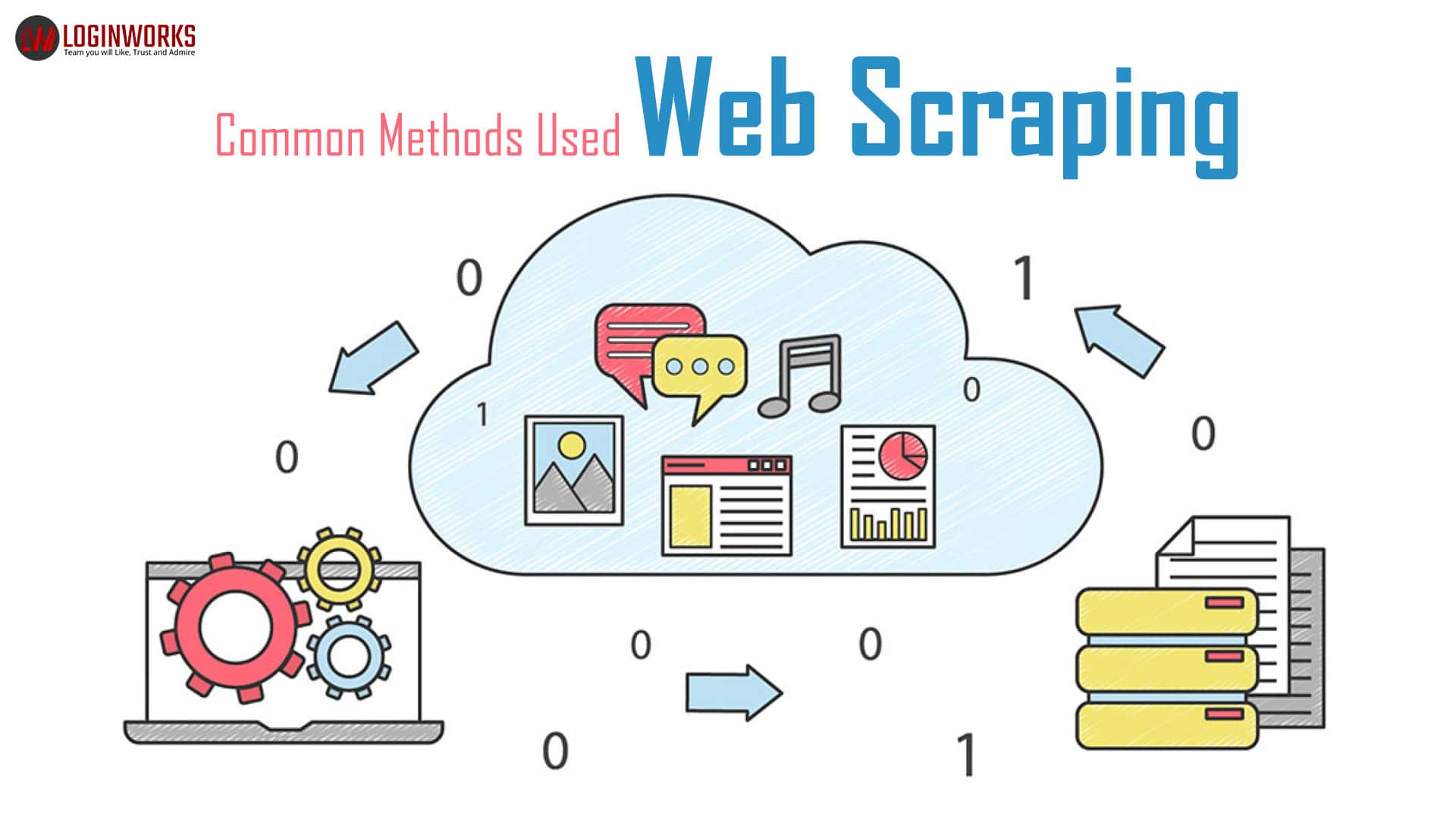
Let’s go into an HTTP workflow and see how it works. They are used if people want to automate things that are only in their desktop, like moving files around in their desktop or opening up an application. They are very similar to an Excel macro where you can record, do some action, and then repeat it. Desktop flows are very powerful because they allow you to automate almost anything. If there are no HTTP requests, then you have to use something called desktop flows. That list of customers will then be returned by that HTTP request. They definitely don’t want to make a connector for Power Automate, so they allow HTTP requests from various sources that can ping the CRM software for a list customers. An example is an internally built CRM software for a client. So basically, the application developer has exposed the application so that people can make requests to it, and it can then return data according to those requests. HTTP requests are used by Power Automate to communicate with another application that doesn’t have a connector but might have what’s called a REST API. If there isn’t a connector for it though, then you can use HTTP. For example, if you need to automate something that is related to a Microsoft application (Teams, SharePoint, OneDrive) or other applications that have connectors (Dropbox, SAP), then you should always use the connector approach, and not the HTTP request approach. Power Automate already has thousands of connectors available to you.

A connector is the Power Automate’s way to communicate with another application.


 0 kommentar(er)
0 kommentar(er)
